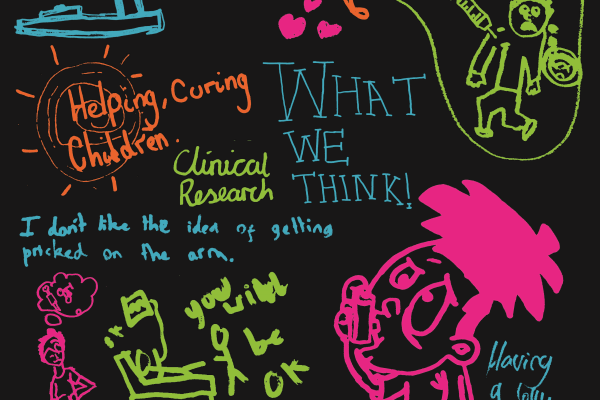Children and clinical research: ethical issues
Report
Published 14/05/2015
Deciding what research happens in the first place
Who gets to decide?
It is important to think about how research studies get the money to go ahead. Who gets to choose these studies, and why? There are lots of different sources of funding, including:
- governments;
- commercial companies, both big and small, that make money out of producing medicines;
- charities that fund many different types of research; and
- charities concerned with children living with a particular health condition.
Some research funders have very clear ideas about the kinds of research they want to fund, and what they think is most important. Others depend more on ideas that researchers come up with. Some research funders involve children, young people and parents by asking them what research they think is most important.
We think that:
- People who choose what research studies to give money to must make sure that children, young people and parents are properly involved in these decisions.
- Government departments of health are in a good position to take the lead when looking at what areas of children’s healthcare in their country particularly need research. They, too, must make sure they involve children, young people and parents in these decisions.
Encouraging research into new medicines
Governments can encourage commercial companies to do particular kinds of research by offering them extra rewards, or by making special rules. Many medicines given to children and young people have only been researched in adults. This is now changing. In Europe, the 2006 ‘Paediatric Regulation’ says that when companies carry out clinical trials of new medicines with adults, they must include children and young people in the research, unless they get a waiver to say they don’t have to.
The Regulation also encourages companies to do research on old medicines – for example making a medicine available as a syrup, instead of a tablet, so it is easier for young children to take.
As a result of the Regulation, it is now much more usual for research into new medicines to include children and young people. This means that there is much better information for doctors on how these medicines will work if children and young people need to take them.
Although the Regulation has been very successful, some changes are still needed. Rewards to encourage research on old medicines haven’t worked very well, and there are problems with the way waivers are given.
We think that:
- The rules on waivers need to be changed. If the way that the medicine works might help children and young people, then research with children and young people should go ahead.
- All companies should include children and young people in trials where this might be helpful, even if they are given a waiver and aren’t obliged to do so.
- Regulators need to find new ways of encouraging researchers to carry out research on old medicines that might be useful for children and young people.

Share